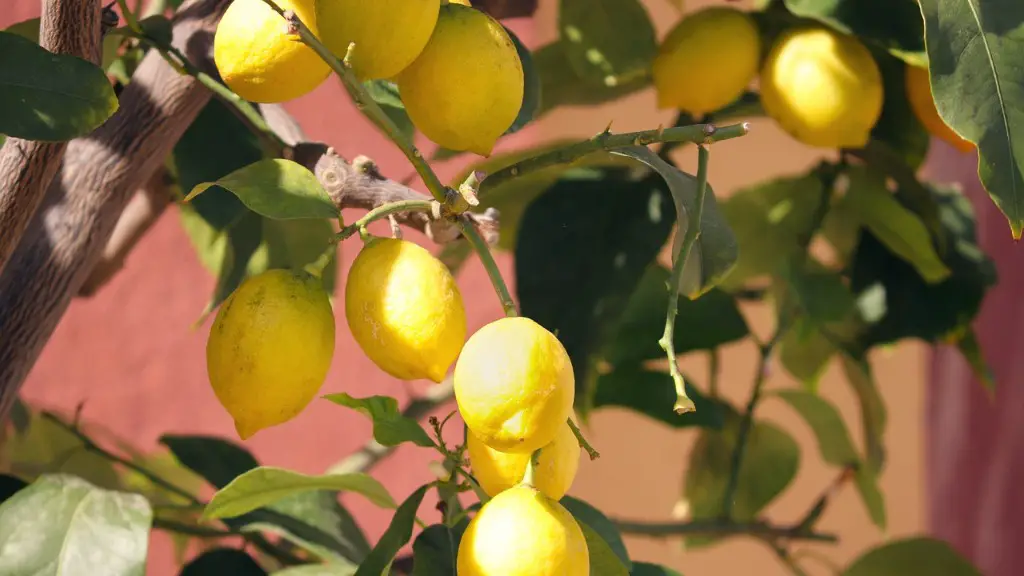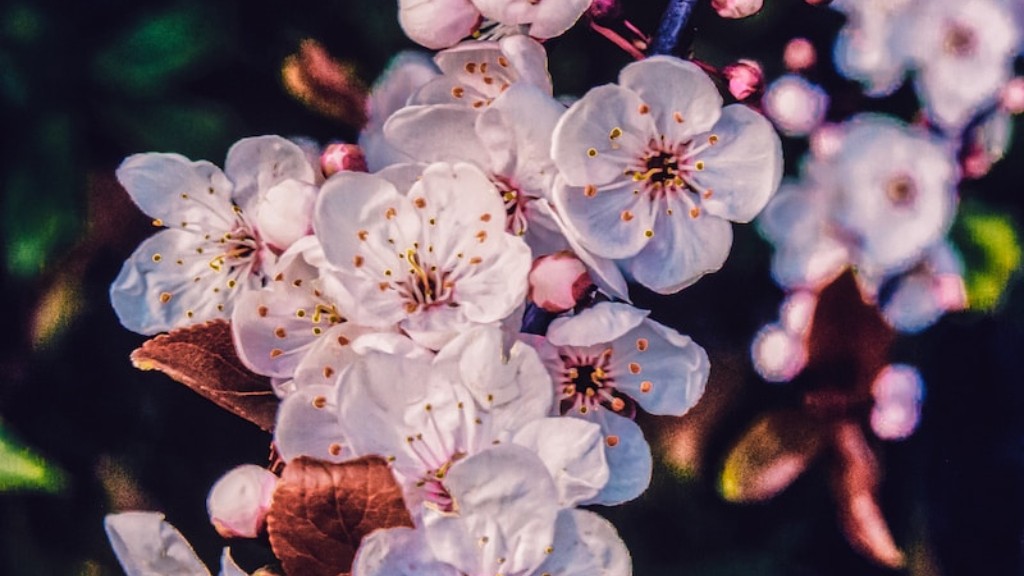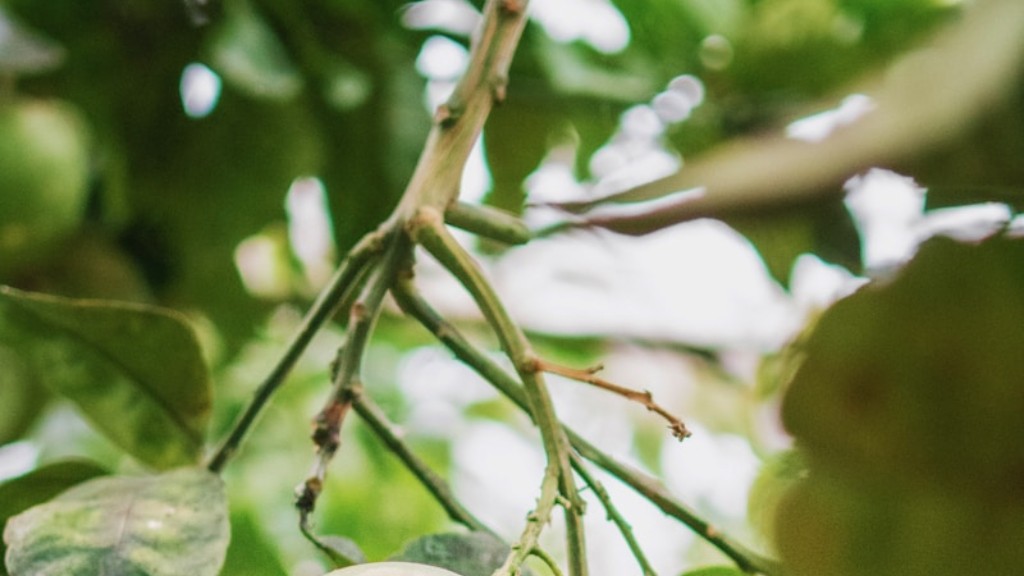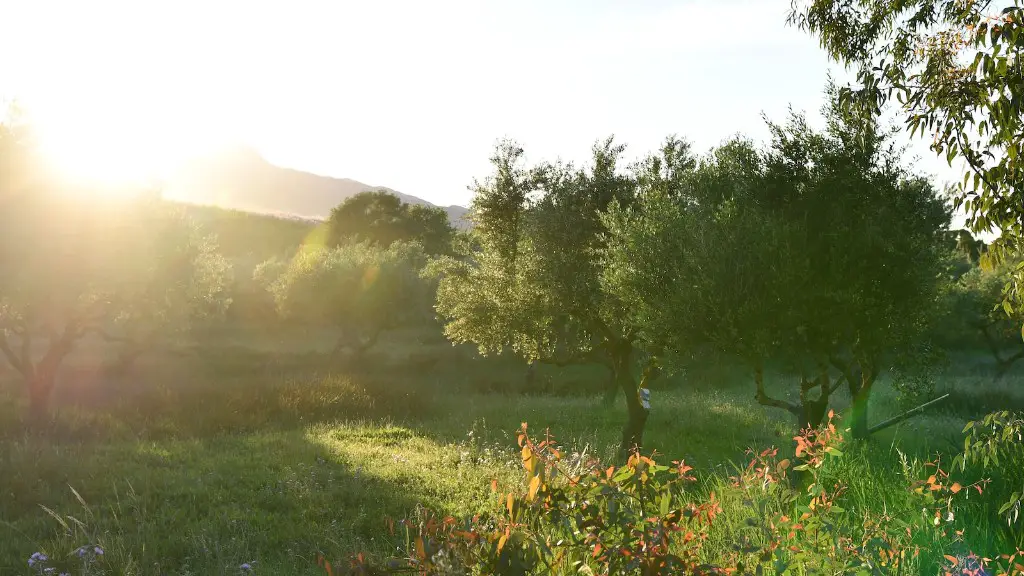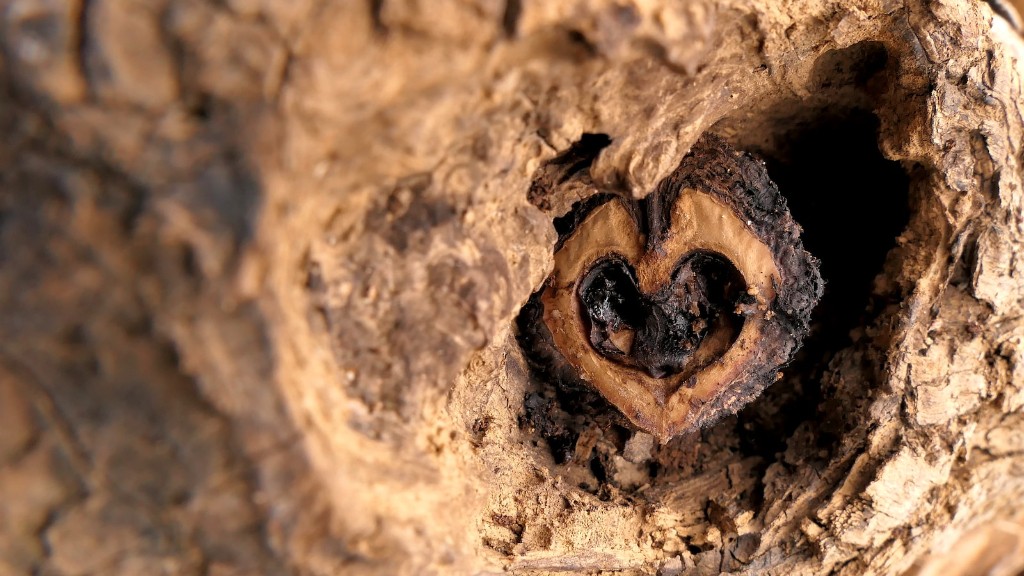Lemons are incredibly versatile fruits that add flavor to dishes and drinks. Growing a lemon tree in Florida is not an easy task; however, with the right tools and some research, anyone can do it properly. Here is how to grow lemon tree in Florida:
First and foremost, choose a spot for your lemon tree with at least 8 hours of direct sunlight every day. If you can’t find one, you can always use grow lights. Be sure to pick a location with well-drained soil to avoid root rot.
Next, purchase a lemon tree from a local nursery. Look for healthy plants with lush, green leaves. If you’re not sure what variety to buy, bearss lemons or meyer lemons are some of the most popular choices for Florida gardens.
Then, prepare the soil by digging up a hole twice as wide as the lemon tree’s root ball and a few inches deeper. Fill the hole with compost or other organic matter, and gently backfill the soil around the root ball.
After that, water the tree regularly to keep the soil moist. Lemons require a steady supply of water, especially during blooming and fruiting season. Apply liquid fertilizer every two weeks to help the tree’s growth.
Finally, prune the lemon tree properly to encourage new growth. Remove dead flowers and branches and shape other parts of the plant accordingly. Keep an eye out for pests or diseases, and act immediately if you find any.
By following these steps, you’ll be able to successfully grow a lemon tree in Florida. With proper care, you can enjoy fresh lemons from your backyard for many years to come.
Fertilization Tips
Fertilizing your lemon tree properly is essential for producing large, juicy fruits. Before applying any fertilizer, however, you need to test the pH level of the soil and make sure it’s between 5.5-7.5. A pH level outside of these values can interfere with the lemon tree’s nutrient uptake.
When you’re ready to fertilize, choose a citrus-specific fertilizer. These fertilizers have the right balance of minerals and trace elements your lemon tree needs, such as nitrogen, iron, phosphorus and magnesium. Apply fertilizer to the soil every four weeks during the citrus growing season, usually from April to October.
Avoid using too much fertilizer, as it can cause leaf burn and could lead to root damage. When in doubt, always use a lower amount rather than a higher one.
If you want to make sure your lemon tree is getting all the nutrients it needs, consider adding compost or other organic matter on top of the soil every few weeks. Manure is particularly beneficial for citrus plants and can boost nutrient levels significantly.
Finally, if you don’t have access to citrus-specific fertilizer, you can always make your own fertilizer by combining equal parts of nitrogen, potassium and phosphorus. This will provide your lemon tree with the basic nutrients necessary for growth.
Pest and Disease Prevention
In Florida, lemon trees are at risk of insect pests, such as aphids and mealybugs, as well as various diseases, such as citrus scab and citrus canker. To keep your tree safe from invasive insects, practice regular garden maintenance like pruning dead branches and removing fallen leaves and fruits.
For additional protection, inspect your lemon tree at least once a week and look for signs of pests or diseases. If you spot any, take action immediately and apply an appropriate insecticide or fungicide. This will reduce any potential risk and help keep your tree healthy and strong.
If natural pests repellents are not enough, introduce beneficial insects to your garden. Ladybugs, lacewings and praying mantises are all known to feed on the pests that target citrus plants. This is a 100% natural and effective way to maintain your lemon tree’s health.
It’s also important to keep the soil hydrated; this will ward off powdery mildew, which is a common fungal disease of citrus plants. Water your lemon tree regularly and avoid standing water, as this can provide an ideal environment for the disease to spread.
Finally, pay attention to weather changes and temperatures. If you live in an area that experiences cold winters, make sure to cover your lemon tree with cloth or blankets to protect it from frost. If temperatures drop too low, the tree can suffer from damage and die.
Harvesting Tips
Harvesting lemons is an art that takes patience and practice. You need to know when to pick the lemons for maximum flavor and nutritional value. This is usually around mid-summer, right before the temperatures start to go down. The color of the fruit can vary depending on the variety, but generally they should be yellow and slightly firm when ready to pick.
Before you start harvesting, make sure your tools are sharp and clean. You don’t want to damage the tree’s branches, stems or leaves. When you’ve selected the correct fruit, use a pair of sharp pruning shears to cut them off with a small part of the stem still attached.
If you want to harvest the entire crop in one day, use a bucket to collect the lemons and place them in a shady spot. This will help them keep fresh for a few days until you can use them.
When harvesting lemons, avoid large fruits as those will be harder and less juicy than smaller ones. To ensure a good crop, thin out the flowers or excess fruit in the early growing season. This will allow the plant to focus its energy on fewer fruits and create larger, high-quality lemons.
Finally, don’t forget to check your plants regularly. If you spot any diseased branches or leaves, remove them immediately to prevent the problem from spreading.
Storing Tips
Storing lemons the right way will help them retain their flavour and stay fresh for much longer. After harvesting, wash your lemons in a natural cleanser, like salt and lemon juice, and let them dry completely. Then place them in an airtight container and store in a cool place away from direct sunlight.
If you want to store lemons for longer periods of time, there are two options available. You can either freeze the lemons by removing their peel and slicing or dicing the flesh. The other option is to dry the lemons. Slice them in half, remove the seeds and let them sit in a warm, dry place for several days until they are completely dried out.
It’s also important to keep an eye on the storage container. If you detect any signs of mold, discard the lemons immediately and start over. You can also prevent mold by keeping the container clean and covering it with a lid or plastic wrap.
Finally, you can use the zest or rind of the lemons to make delicious dishes and drinks. To preserve the zest, it’s best to freeze it immediately after you’ve scraped it off the lemons. This will help retain the flavor and aroma of the zest for a much longer time.
Pruning Tips
When it comes to pruning lemon trees, there are a few key tips to keep in mind. The most important one is to prune the plant in the winter; this is when the plant is dormant and won’t be affected by sudden changes in temperature. Pruning can be done by cutting back branches or removing dead leaves and debris.
When pruning a lemon tree, look for any weak, broken or diseased branches. These need to be removed immediately to encourage the growth of new, healthy branches. You should also thin out overcrowded areas, such as the center of the tree, to give more light to lower branches.
Always use a pair of sharp pruning shears when pruning a lemon tree. A blunt pair of shears can cause damage to the branches which may lead to disease. To ensure a neat cut and avoid tearing the wood, make sure to use a smooth, sawing motion.
If you’re pruning a branch that is too thick to cut with shears, use a pair of loppers for a cleaner result. You can also use pruning saws for larger branches.
Finally, don’t forget to clean the pruning tools after use. This will prevent the spread of disease from one tree to the other.
